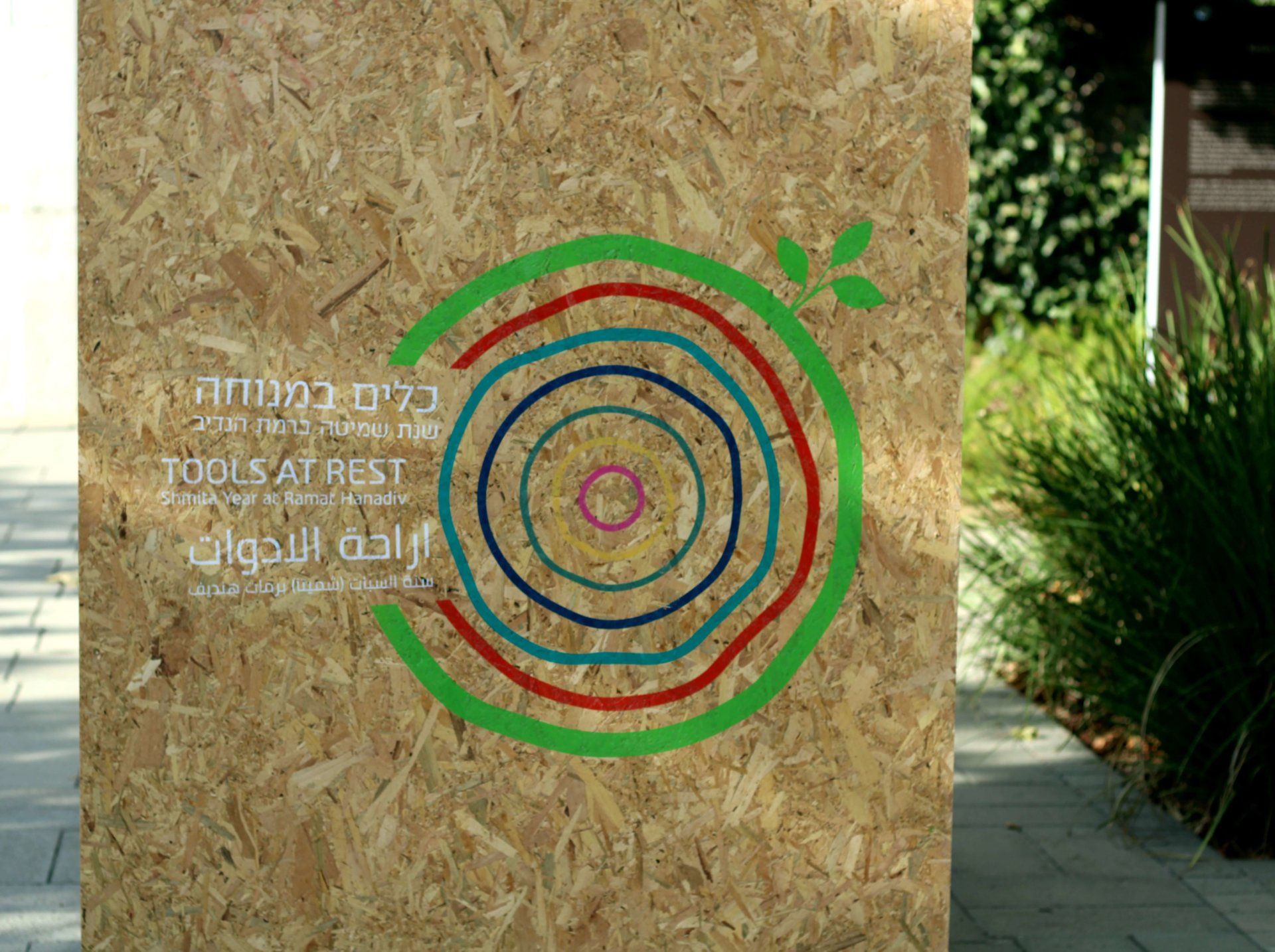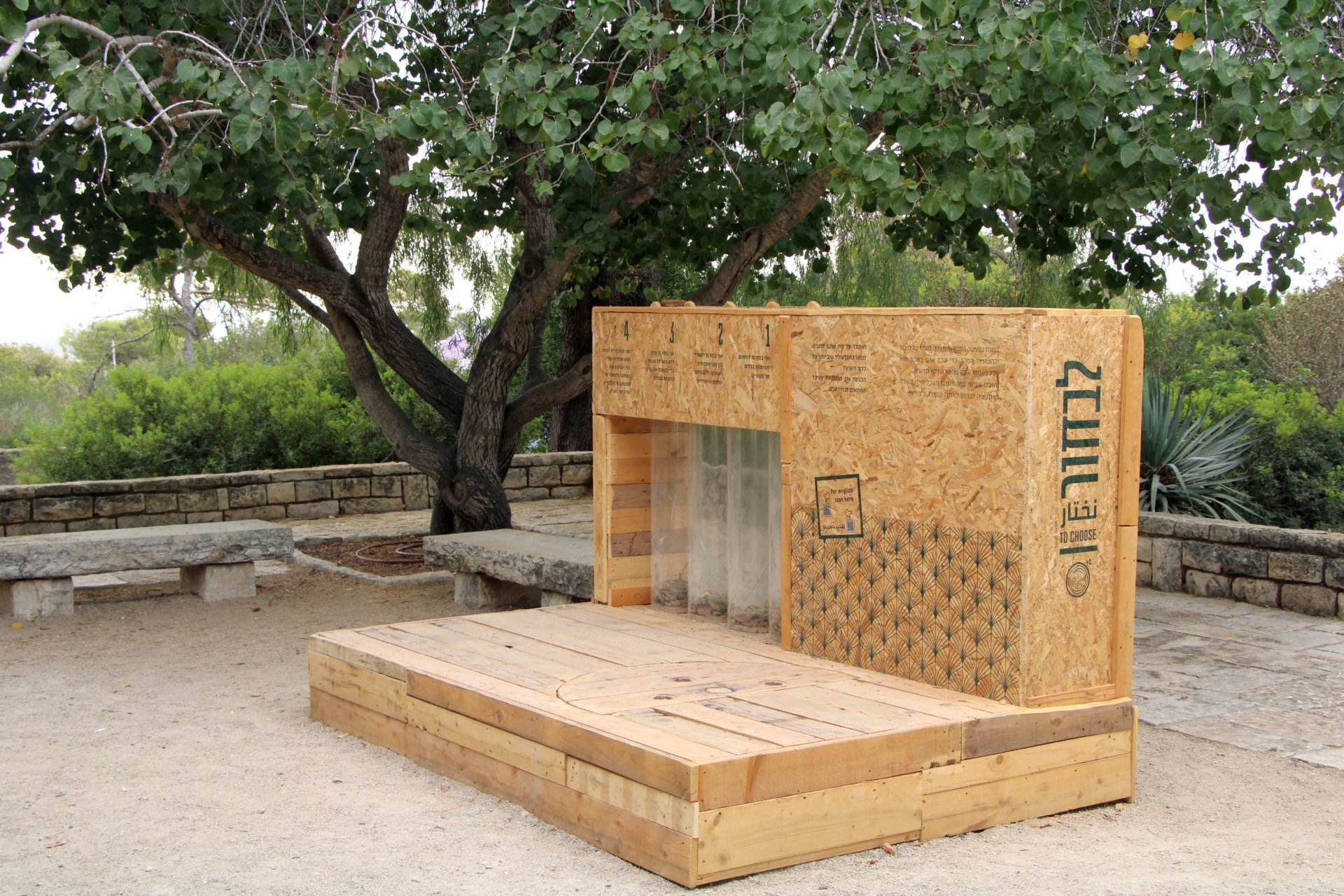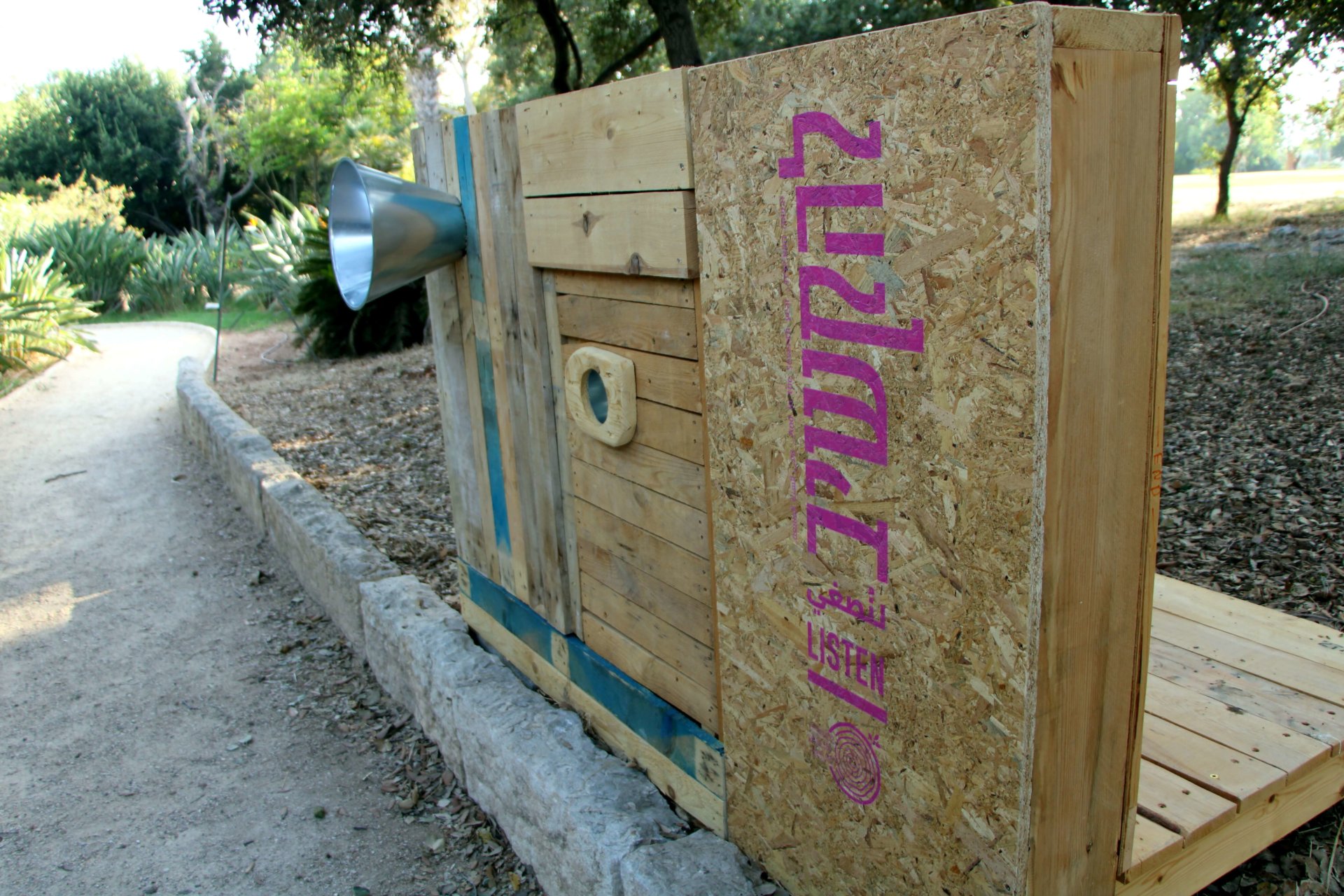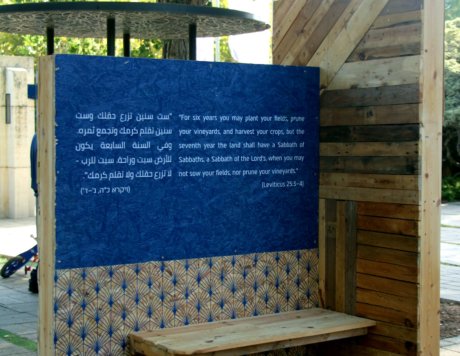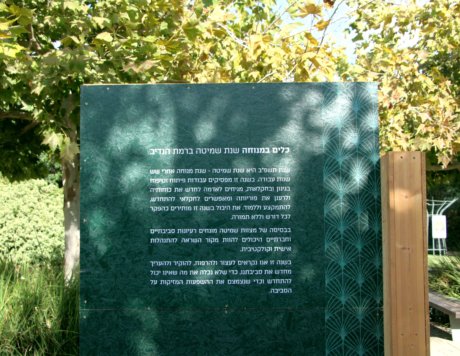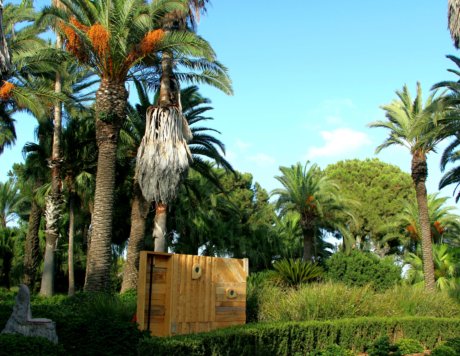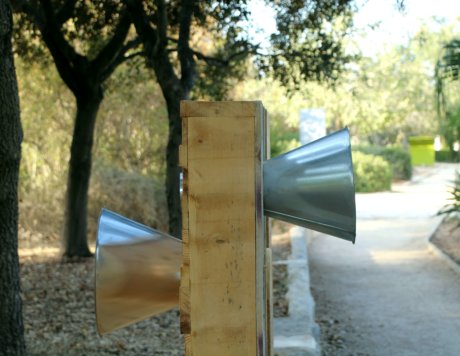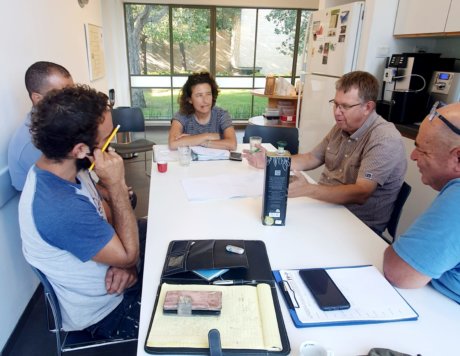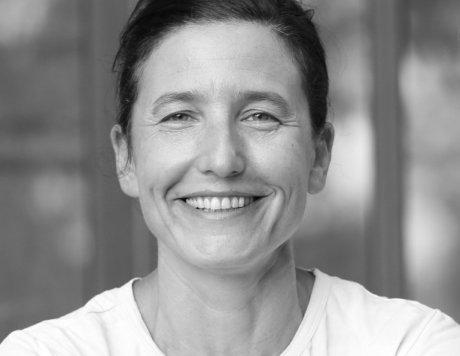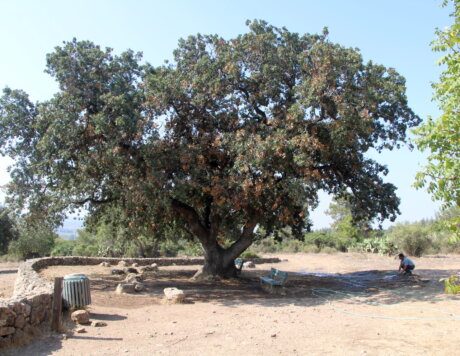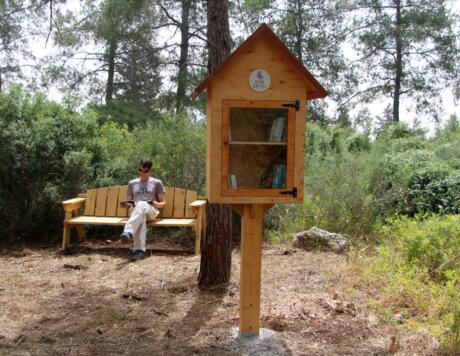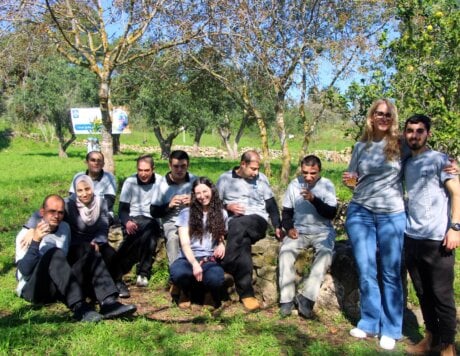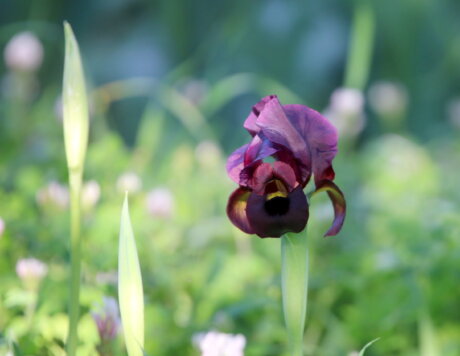Imagine that we were all in Shmita… imagine that for one year we would stop everything – we wouldn’t drive on the roads, we would work less and rest more…. imagine that there were no studies, no trains and no commerce… imagine that the regular rat race stopped and they would say to us “stop the world”. How would you feel?
Once, such questions were completely rhetorical, but it seems that today, in the midst of a global pandemic, we know and understand that not everything is in our control and sometimes we have no choice, and we also need to know when to stop. And do you know what? Maybe we can even learn about it and enjoy it…
In the lead-up to the opening of the exhibition “Tools at Rest”, we met with Tali Bichler, an artist and designer of play and activity spaces, for an interview about the journey to illustrating Shmita, the personal and collective connection to Shmita and the way to make it accessible to our visitors.


